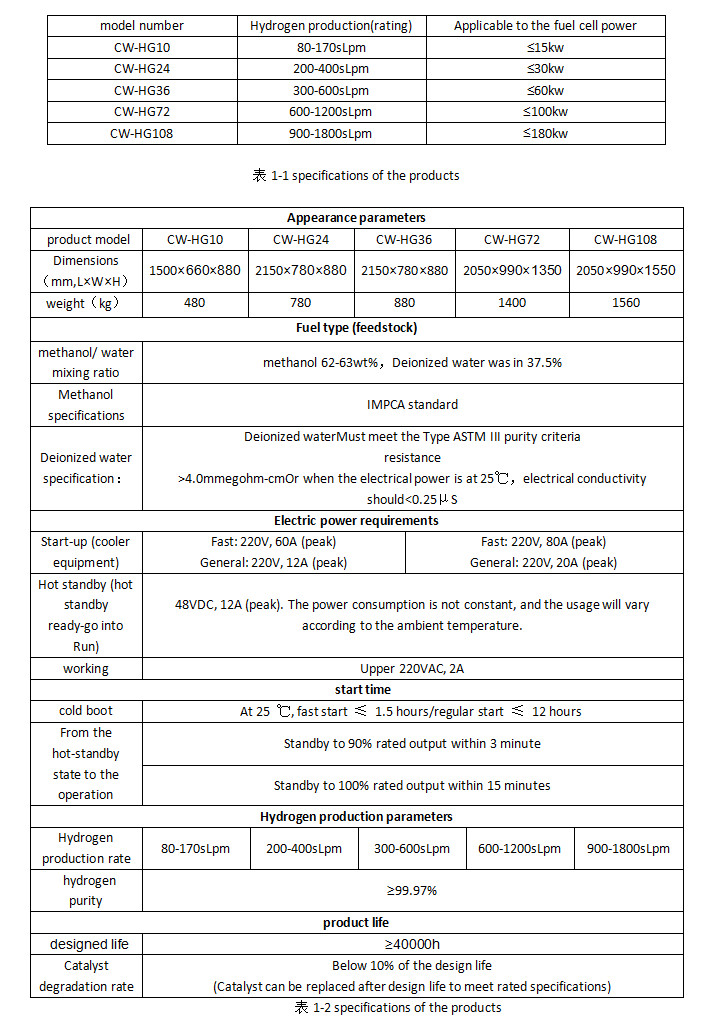High energy density, energy saving; integrated storage and transportation, safe and convenient, long driving range, superior performance; strong overload capacity, smooth operation; dual power mode, widely used.


On-board methanol reforming for hydrogen production and heavy truck powertrain system
The heavy truck powertrain of on-mounted methanol reforming hydrogen production system jointly developed by our company and FAW Jiefang is the first heavy truck power system that uses methanol water as fuel to produce hydrogen through high temperature catalytic reaction, which is transported to hydrogen fuel cell for power generation to generate electricity, so as to provide power for the vehicle.
In order to realize the application of methanol reforming to produce hydrogen for power generation in logistics transportation heavy trucks, our company has developed this on-board methanol reforming system. After many tests, the system test results have reached a number of domestic leading and international first-class technical indicators:
(1) Increase hydrogen production to 650l/min-1200l/min;
(2) The start-up and shutdown time is greatly reduced to less than 30 minutes, and the cooling time is reduced to less than 1 hour;
(3) The use pressure of hydrogen is reduced to 0.1MPa to enhance the safety of hydrogen use;
(4) Under the same power generation capacity, the volume of hydrogen generator is equivalent to one third of the volume of hydrogen tank;
(5) The hydrogen cost of hydrogen generator is only about one third of that of pure hydrogen.
The by-products of methanol water obtained through reforming are only a small amount of water and carbon dioxide. Compared with the fuel engine, it is low-carbon and environmentally friendly, and does not produce air pollutants such as nitrogen oxides (NOx) and sulfur oxides (SOx).